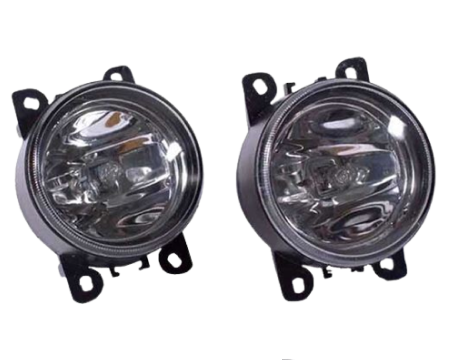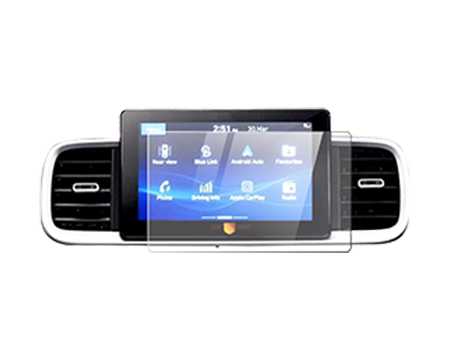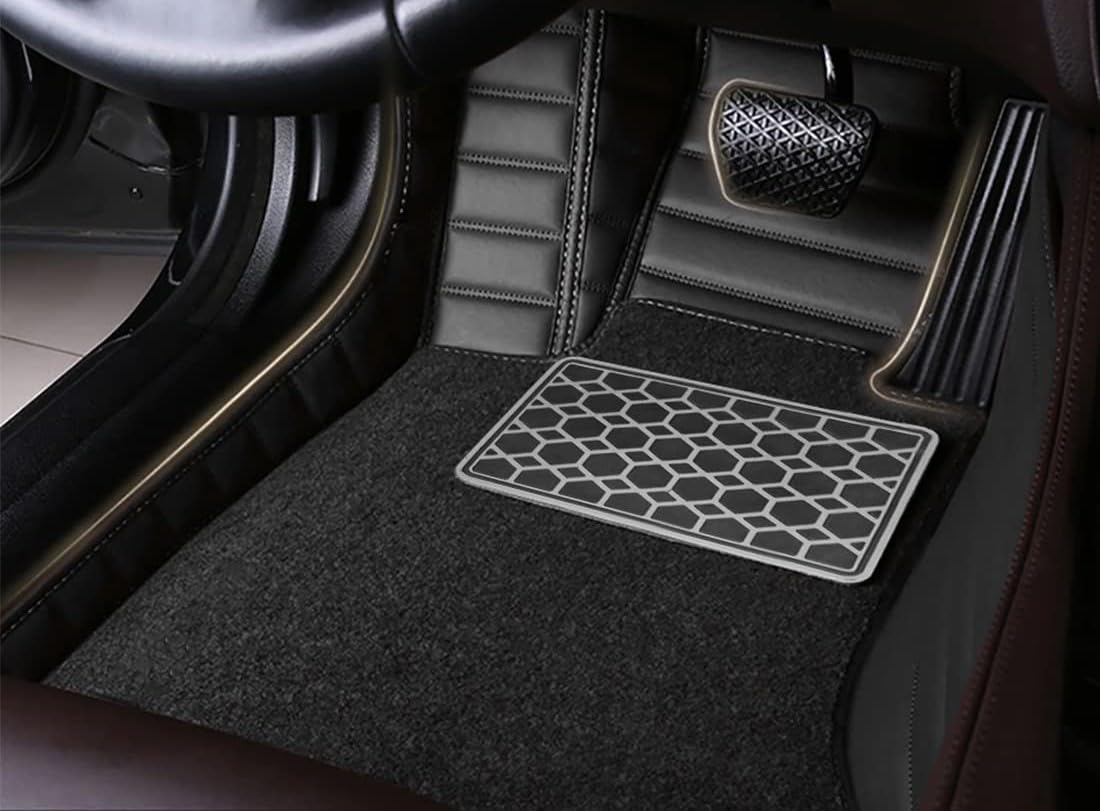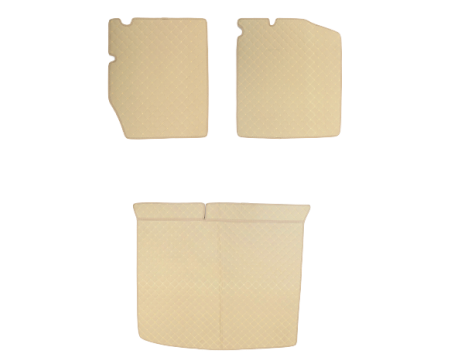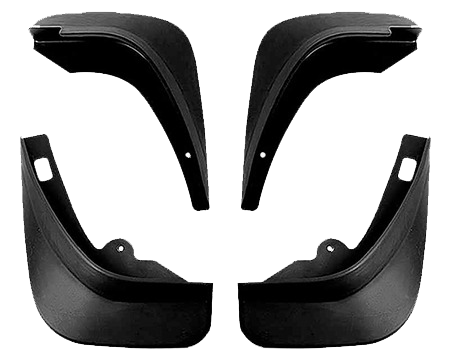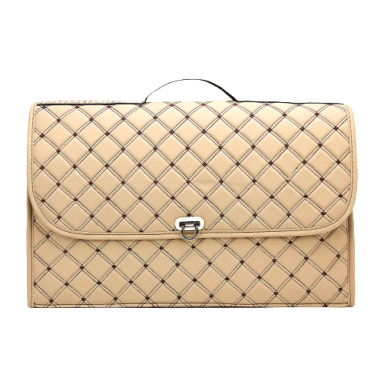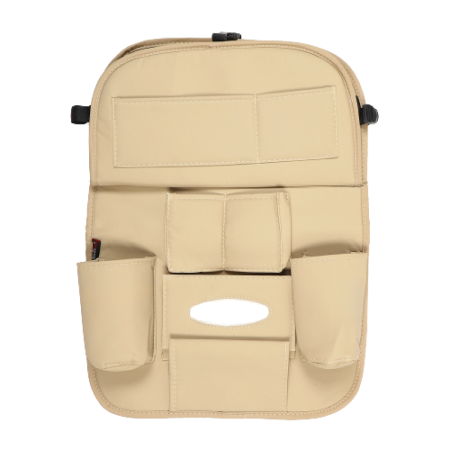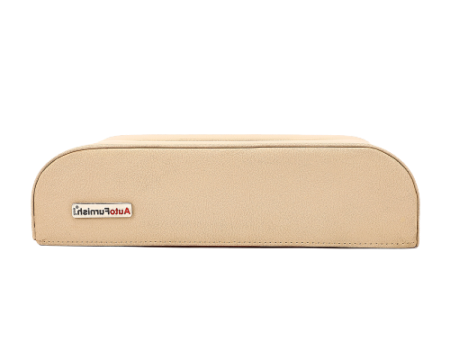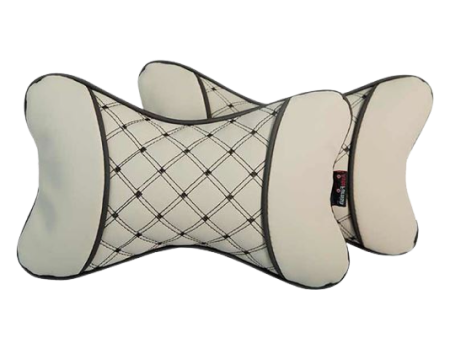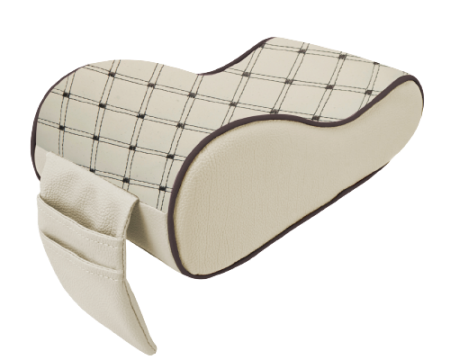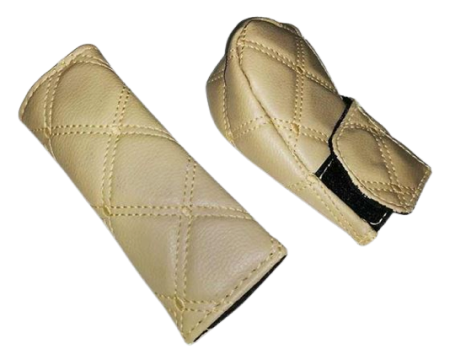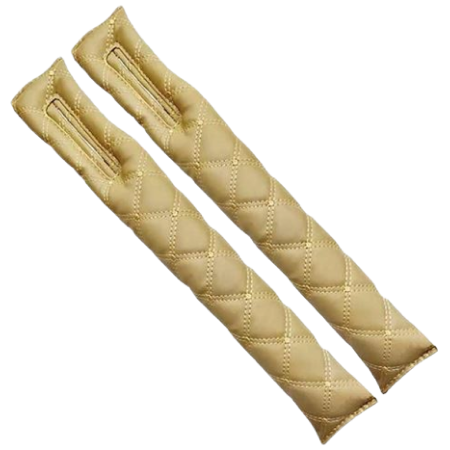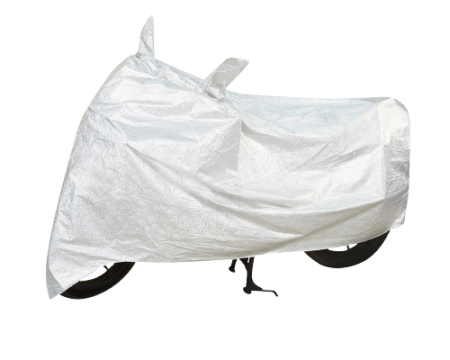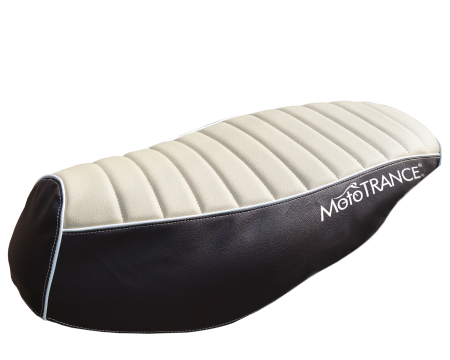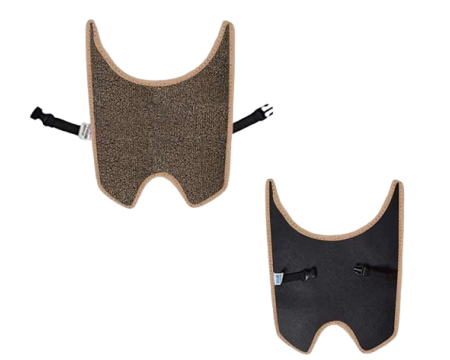
Many individuals find driving to be an exciting idea. Undoubtedly, it is a delight, but one should never underestimate how hazardous it may be if they are not careful. So, if you recently received your driver's license and are prepared to drive on public roads without someone guiding or instructing you, here are all the tips you need to get around this utterly unfamiliar environment. Even if you are a biker, don't be disappointed; we also have some highly crucial riding tips at the end.
Tips for a New Driver:
-
Familiarize yourself with your car
First and foremost, familiarize yourself with the vehicle. You'll feel more at ease and drive safely as you become more acquainted with the controls.
Learn how to activate the hazards, wipers, and lights (full and dipped).
-
Obey all traffic rules

Maintaining the speed limit, following traffic signals, and wearing a seatbelt are just a few laws drivers must abide by. Learning and following traffic laws will keep you and others on the road safe.
-
Don't be a tailgater

Maintaining a safe distance will allow you ample time to respond if the car in front of you abruptly stops. This decreases the likelihood of an accident and assures passenger safety.
-
When the light is going to turn red, do not accelerate
We realize it's a ubiquitous behavior in India, but if you're approaching a traffic light and see it's going to turn red, please, don't accelerate up to make the light. Slow down if you even suspect you won't make the light. It will just take a few seconds or minutes at most.
-
Know your destination

Even if you've been driving for ten years or more, knowing where you're heading makes driving less stressful. While navigation systems are useful, they should not be relied on for routine trips such as commuting.
-
Overtake from the right side if you have to

If you have to overtake, try not to rush into it. Take it slow. Moreover, since India is a right-hand driving country, remember to always overtake from the right side. However, avoid overtaking unless necessary.
-
Follow lane discipline
Given the high volume of traffic on Indian roadways, maintaining lane discipline is critical. On a congested road, never overtake a car by changing lanes. Remember to provide a signal even if you change lanes.
Common Driving Mistakes to Avoid:
-
Do not block vehicles traveling faster than you
The fast lane, located on the rightmost lane of the road, is intended for overtaking. If you have plenty of time and want to relax, pick the left lane (slow lane). Don't obstruct speedier traffic.
-
Never stand by to witness an accident
Naturally, you're intrigued as to why there's a gathering near an accident scene on the side of the road. But believe us when we say that such rubbernecking frequently leads to additional accidents. This is because the motorists shift their attention away from the road in front to check what's happening on the side of the road.
If you can't help yourself, pull over.
-
Never drive past the range of your headlights
Driving depends largely on how far ahead you can see because this serves as the foundation for all judgment. Driving in the dark is, of course, a difficult task. Make sure you're going so that you can stop inside the distance highlighted by your headlights because that's the gap you'll have between your car and a hazard.
-
Never overtake immediately before a left turn
You need to turn left, and the vehicle ahead of you travels too slowly. In this situation, never overtake. You will endanger both your car and yourself if you do so. The obvious and safe method would be to follow the other car for a short distance and then turn in when you approach the fork in the road.
Road signs you just can't miss:
Here are some of the most important and rather less known traffic signs new drivers should know:
-
No standing or parking

A 'No standing or parking' sign forbids drivers from halting in the area. While a 'No Parking' sign simply prevents users from leaving their cars parked and unattended, you are permitted to stop for limited periods to drop off or pick up a passenger. On the other hand, the 'No standing or parking' sign restricts you from halting for any duration.
-
Give Way

A 'Give Way' sign often alerts drivers to an imminent junction. It signifies that a driver should be prepared to stop if required to let a motorist from the opposing lane pass, giving incoming traffic priority.
-
Dangerous Dip

It is a safety road sign that you may not see very often. This road sign indicates that there will be a dip ahead on the route. This safety sign warns you to proceed with caution.
-
Pedestrian Crossing

A pedestrian crossing, often known as a zebra crossing, is a section of a road where pedestrians can cross a busy road. The law mandates you to stop and wait for pedestrians trying to cross the street at a zebra crossing.
-
Men at Work

This is a road safety sign that is commonly found around construction sites. The road sign indicates that you should reroute since it is unsafe for your car to pass.
The unspoken rules of the road:
- Do Not Forget That You Are Not Racing.
- You don't have to compete on the road for first place.
- Allow Others Room to Manoeuvre.
- Keep an eye out for other drivers' traffic lights that indicate a change in direction.
- Avoid being in other drivers' blind spots.
- You are not safe from someone's actions if they cannot see you. Simply accelerate or slow down to improve visibility and safety.
- Allow Others to Join Traffic.
- If required, move into the next lane to let others merge.
- You Can't Play Music With Your Car Horn.
- Your horn is also not a meter for your emotional condition. Use the horn with caution because it might irritate others.
- Don't overuse your high beam.
- Using your highlights to blind oncoming drivers is not a smart idea.
- Give way to emergency vehicles at all times.
- Always make way for emergency vehicles. Don't wait for their siren and flashing to move over.
- Be considerate while driving.
- This is not a "my way or the highway" situation. Allow someone to cross if they wish to.
If you're a biker, then you need to know this:
-
Choose a motorcycle that you can easily handle
The latest motorcycles are packed with remarkable performance features. If you buy one, ensure you can handle all that power. Also, ensure that you can easily mount your feet flat on the ground without having to balance yourself once seated.
-
No gears, no ride
You are protected from wind, debris, and weather in addition to physical impact and road rash. Even if you have a minor spill, you'll be glad you wore all your safety equipment! See it this way: how much is your life worth?
-
Assume to be a Ghost
In contrast to speeding or losing control of the bike, other road users are one of the leading causes of motorcycle accidents. Motorcycles are far more challenging to perceive and are more likely to be hidden in blind zones because of their size.
Don't take any chances believing you have been spotted because collisions with motorcycles are often much more severe. So begin riding like you're invisible; this will help you foresee issues and respond swiftly.
-
Cornering 101: Look in the Direction You Want To Go
Motorcycles respond very quickly to the rider's inputs; just looking in one way will force you to turn somewhat in that direction.
While in a corner, pay attention to the exit or as far around the bend as possible. Avoid the error of being anxious and looking directly at a barrier or verge!
-
Leverage your powers
Motorcycles generally accelerate faster than cars, thanks to their outstanding power and weight ratios.
Take advantage of this by swiftly increasing your pace to match while joining motorways. When it comes to overtaking, a rapid, effective overtake will get you out of the danger zone faster.
Open up the throttle without fear!
-
Squeeze, not Yank
You're probably already aware that covering the brake with a finger or two enables speedier reflexes and can even save your life! However, another critical thing that is often overlooked is that pulling or quickly applying either brake will result in a loss of control and traction. Progressively squeeze the brake lever to stop your motorcycle without an accident effectively!
These accessories will keep your vehicle in tip-top shape:
If you're a new driver, you can get the best premium care products for your vehicle (new or not) from autofurnish.com

High-quality floor mats protect your car's floor while keeping it clean and free of impurities.
So if you're looking for durable, easy-to-maintain, and aesthetically pleasing automobile floor mats, Autofurnish has you covered. They are fantastic for keeping your interiors tidy since they are beautifully made, well-fitted, and long-lasting.

Car seat covers are necessary to preserve the seats and give them a premium appearance, regardless of whether you drive a brand-new vehicle.
For optimal protection and an unrivaled sense of design, AutoFurnish provides a distinctive selection of Premium vehicle Seat Covers.

Protecting your car from the sun, water, grime, and dust is crucial, especially if you park it outdoors. And for this reason, if you own a car, you should spend money on car covers.
AutoFurnish offers a range of high-end automobile body covers that are strong, waterproof, and weatherproof to shield your vehicle from dings, scratches, rain, dust, and other foreign things.

Bike covers are a worthy investment for keeping your motorcycle safe and maintaining it in prime condition. AutoFurnish offers waterproof and heat-resistant bike body covers.
For more such high-quality accessories, click here.

